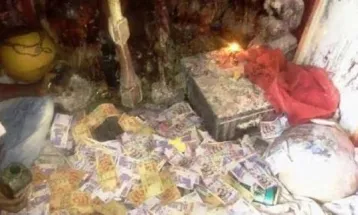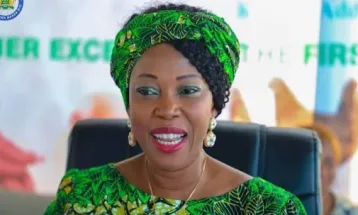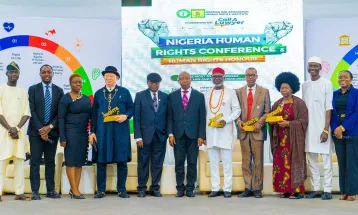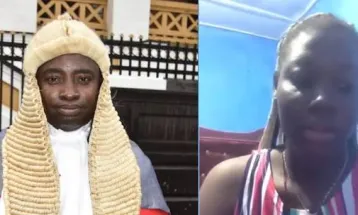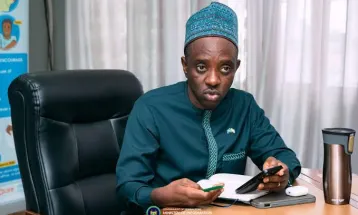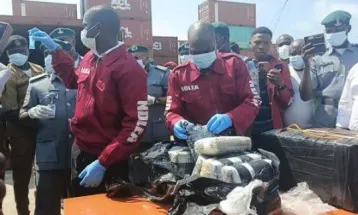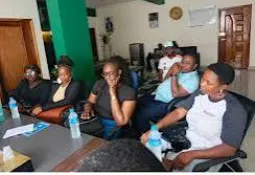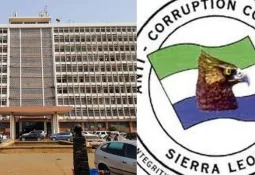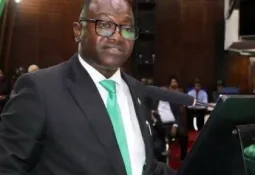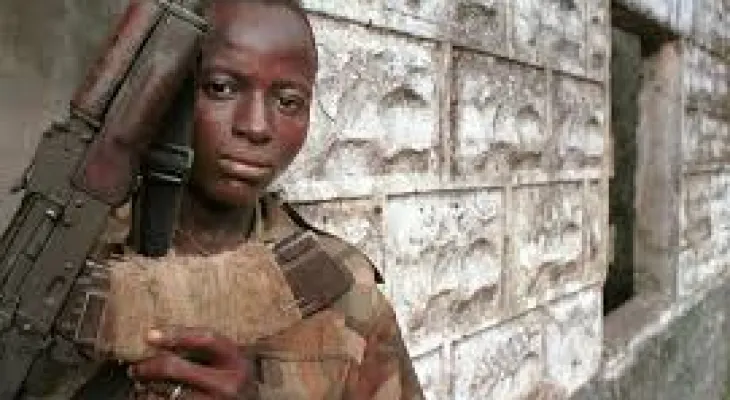
Sierra Leone Marks Two Decades Since Civil War's End
On this day in 2002, Sierra Leone officially ended a brutal civil war that claimed over 50,000 lives and displaced more than 2 million people.
The conflict began in 1991 when the Revolutionary United Front (RUF), led by Foday Sankoh, sought to overthrow President Joseph Saidu Momoh. Decades of corruption, economic collapse, and mismanagement had left the nation vulnerable. Despite efforts to reform, including the adoption of a multiparty system in 1992, political unrest continued.
The war was fueled by the illegal diamond trade, which funded the RUF's rebellion. Attempts to broker peace, such as the Abidjan Peace Accord of 1995, failed as violence persisted. In 1997, a coup led to the establishment of the Armed Forces Revolutionary Council (AFRC), which briefly allied with the RUF, leading to the occupation of Freetown and widespread atrocities.
By 1999, the crisis drew international attention. The Lome Peace Accord offered the RUF significant concessions, including political power and control over diamond mines. However, the rebels continued their attacks, prompting intervention by British forces under Operation Palliser in 2000.
With British support, government forces regained control, and the war officially ended in 2002 under President Ahmad Tejan Kabbah. Since then, Sierra Leone has experienced relative peace, distinguishing itself from neighboring conflict-ridden nations.
The country continues to rebuild, reflecting on the lessons of a dark chapter in its history while striving for sustained peace and development.


